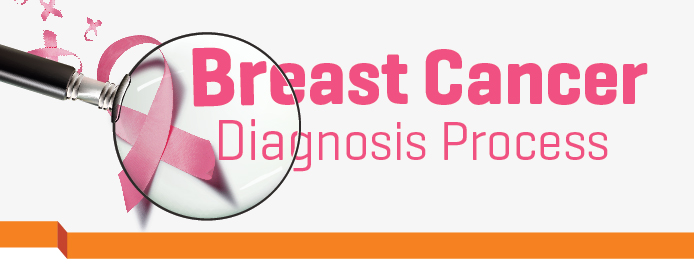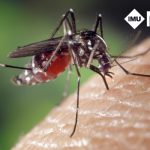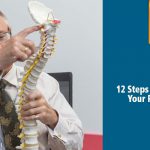What tests would your doctor do for you? Your doctor will perform a physical examination of your breasts. This will involve inspection of your breast for changes in size or shape. Then, the doctor will gently palpate (feel) your breasts to assess for the presence of lumps. Special attention will be given to the shape and texture of the breasts, location of any lumps, and whether such lumps are attached to the skin or to deeper tissues. The area under both arms and above and below the collar bones will also be examined. This is done to assess for the presence of enlarged lymph nodes. Following the examination, your doctor will refer you for further tests. This may include the following: Mammograms (x rays of the breasts) to look for abnormalities in the breast. Ultrasound scan is useful if an abnormal shadow is seen on the mammogram because ultrasound is an accurate way of judging whether any abnormality is benign and straightforward or whether it is more likely to be serious. Fine Needle Aspiration and Cytology (FNAC) involves inserting a needle into the lump to remove a sample of cells for examination under the microscope (a process called cytology) and this is a very accurate method of finding out whether the lump is cancerous. Sometimes, if there are insufficient cells from this technique, the doctor may perform a core biopsy. This involves removing a small amount of tissue to make an accurate diagnosis.  Is it important to consult your doctor immediately? Yes, early detection of cancer increases your chances of cure and reduces the suffering. Prepared by Dr Sangeetha Poovaneswaran Dr Sangeetha Poovaneswaran MBChB (UK), MRCP (UK), FRCR (UK), AM (Mal) Senior Lecturer at International Medical University,Malaysia Consultant Clinical Oncologist, Hospital Tuanku Ja’afar, Seremban, Malaysia Consultant Clinical Oncologist, Nilai Medical Centre, Malaysia Dr Sangeetha is actively involved in clinical research and provides support to the Breast Cancer Support Society, Negeri Sembilan. She has a number of publications in medical literature and has presented at both national and international oncology and medical education conferences. She has authored several chapters in a book titled,’ Excellence in Clinical Case Presentation in Medicine’ for undergraduate medical students. Read more about this series: Breast Cancer Part 1: Basic Facts Breast Cancer Part 3: Treatment Options
Is it important to consult your doctor immediately? Yes, early detection of cancer increases your chances of cure and reduces the suffering. Prepared by Dr Sangeetha Poovaneswaran Dr Sangeetha Poovaneswaran MBChB (UK), MRCP (UK), FRCR (UK), AM (Mal) Senior Lecturer at International Medical University,Malaysia Consultant Clinical Oncologist, Hospital Tuanku Ja’afar, Seremban, Malaysia Consultant Clinical Oncologist, Nilai Medical Centre, Malaysia Dr Sangeetha is actively involved in clinical research and provides support to the Breast Cancer Support Society, Negeri Sembilan. She has a number of publications in medical literature and has presented at both national and international oncology and medical education conferences. She has authored several chapters in a book titled,’ Excellence in Clinical Case Presentation in Medicine’ for undergraduate medical students. Read more about this series: Breast Cancer Part 1: Basic Facts Breast Cancer Part 3: Treatment Options









